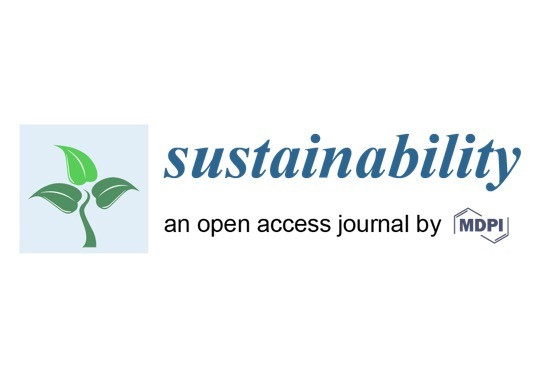LED Lighting Systems for Horticulture: Business Growth and Global Distribution

14.09.2020
Light emitting diode, LED grow light, Horticultural lighting, Energy use efficiency, Luminaire typology, Greenhouse supplemental lighting, Vertical farming, Indoor cultivation, Sustainability
Sustainability 2020, 12(18), 7516
LED Lighting Systems for Horticulture: Business Growth and Global Distribution
In recent years, research on light emitting diodes (LEDs) has highlighted their great potential as a lighting system for plant growth, development and metabolism control. The suitability of LED devices for plant cultivation has turned the technology into a main component in controlled or closed plant-growing environments, experiencing an extremely fast development of horticulture LED metrics. In this context, the present study aims to provide an insight into the current global horticulture LED industry and the present features and potentialities for LEDs’ applications. An updated review of this industry has been integrated through a database compilation of 301 manufacturers and 1473 LED lighting systems for plant growth. The research identifies Europe (40%) and North America (29%) as the main regions for production. Additionally, the current LED luminaires’ lifespans show 10 and 30% losses of light output after 45,000 and 60,000 working hours on average, respectively, while the vast majority of worldwide LED lighting systems present efficacy values ranging from 2 to 3 μmol J−1 (70%). Thus, an update on the status of the horticultural LED sector, LEDs’ applications and metrics, and the intense innovation are described and discussed.
In recent years, research on light emitting diodes (LEDs) has highlighted their great potential as a lighting system for plant growth, development and metabolism control. The suitability of LED devices for plant cultivation has turned the technology into a main component in controlled or closed plant-growing environments, experiencing an extremely fast development of horticulture LED metrics. In this context, the present study aims to provide an insight into the current global horticulture LED industry and the present features and potentialities for LEDs’ applications. An updated review of this industry has been integrated through a database compilation of 301 manufacturers and 1473 LED lighting systems for plant growth. The research identifies Europe (40%) and North America (29%) as the main regions for production. Additionally, the current LED luminaires’ lifespans show 10 and 30% losses of light output after 45,000 and 60,000 working hours on average, respectively, while the vast majority of worldwide LED lighting systems present efficacy values ranging from 2 to 3 μmol J−1 (70%). Thus, an update on the status of the horticultural LED sector, LEDs’ applications and metrics, and the intense innovation are described and discussed.
